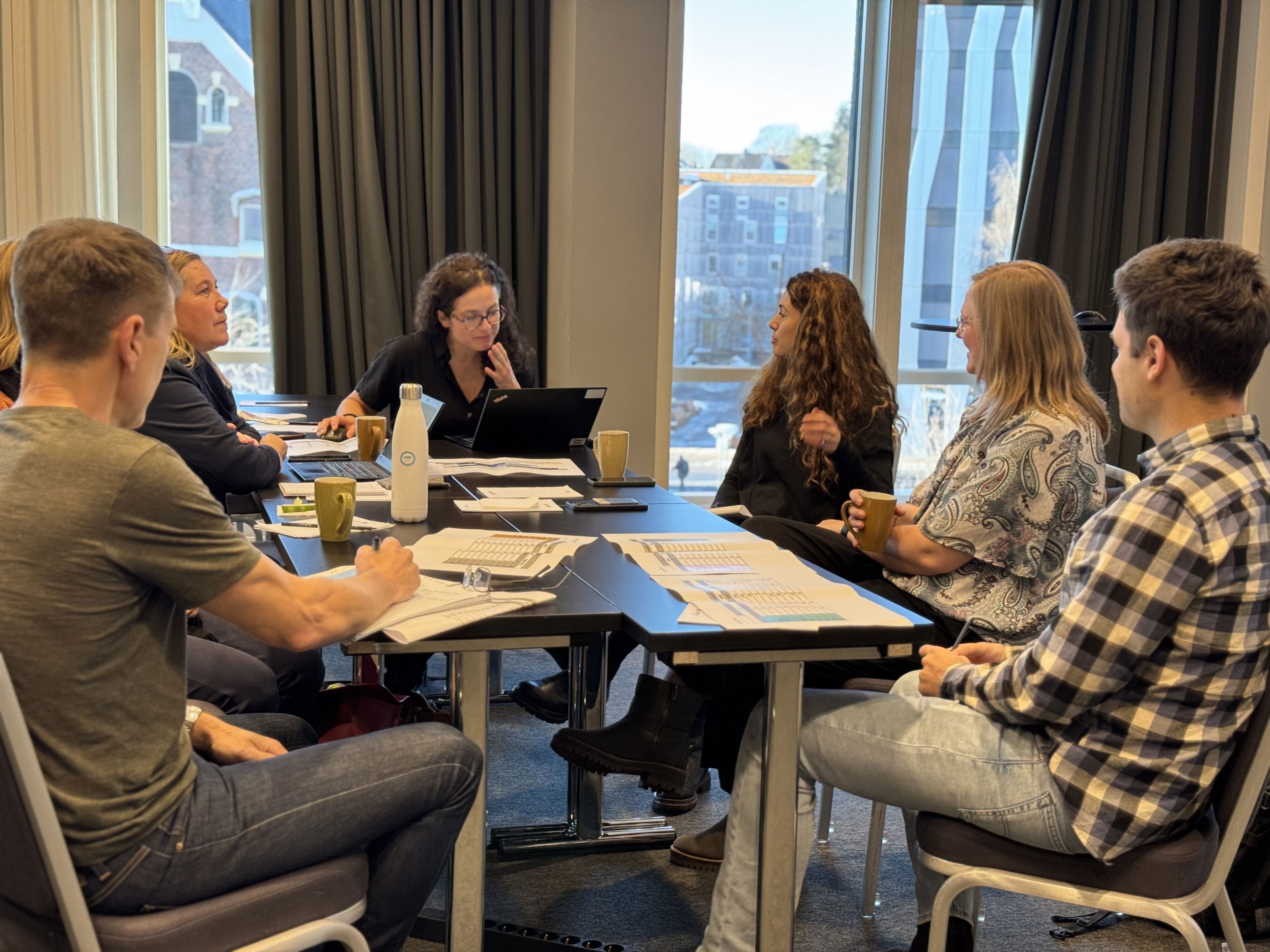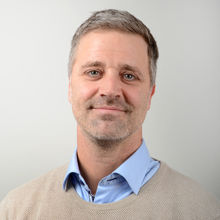Together in Building and Living with Quick Clay
About 75 percent of Norway's population lives in areas with quick clay. The research project SAFERCLAY aims to develop methods to assess how the risk of landslides changes over time.

SAFERCLAY gathered all project partners for the first workshop in February 2025. ( NGI)
SAFERCLAY is a Competence and Collaboration Project that aims to develop new knowledge and build research competence needed to address important societal challenges.
"Quick clay landslides pose a significant risk to human life, infrastructure, ecosystems, and biodiversity. We need an adapted and more sustainable approach to managing landslide risk to build and live in areas with quick clay, including recommendations for community safety and ecological security," says Jean-Sébastien L'Heureux at NGI – Norwegian Geotechnical Institute.
We have spoken with representatives from three of the project's twelve partners to get their perspectives on quick clay.
"Quick clay is something we live with"
Bjørn Kristoffer Dolva is a geotechnician and has worked at the Norwegian Public Roads Administration since 1985. He explains that they frequently encounter quick clay when planning new road construction and in the daily operation of the road system.

"Quick clay is something we live with in Statens vegvesen (the Norwegian Public Roads Administration)," says Dolva.
Together with four others, he will lead one of the work packages.
"We will communicate the risks associated with quick clay and investigate how this is perceived today, to avoid misunderstandings and explain things more simply. Hopefully, this will improve the lives of most people," he adds.
"We know that quick clay is not always dangerous"
Toril Wiig works in the landslide and watercourse department at the Norwegian Water Resources and Energy Directorate (NVE). Especially after the Gjerdrum landslide, many have become aware of quick clay occurrences in their municipality, which she fears may create unnecessary fear among the population.

"We know that quick clay is not always dangerous. We are focused on communicating when quick clay can be dangerous and finding good ways to communicate hazard areas. The caution maps cover too large areas, and we are working to reduce these to the actual hazard areas. It is also important to guide municipalities and developers on what needs to be done in different areas," says Toril Wiig at NVE.
She adds that they already use many resources to develop products and guidelines further.
"Together, we achieve more than we can individually. It is exciting to work on a project with many different perspectives and expertise, which we can gather and further develop," concludes Wiig.
"All quick clay landslides occur in a municipality"
Ketil Matvik Foldal is the emergency manager in Lillestrøm municipality. He has more or less worked with emergency preparedness throughout his professional life.

In Lillestrøm, they face two main challenges:
"One is to do what we can to prevent quick clay landslides where people already live or where there is infrastructure. The other is not to develop new areas where quick clay landslides can occur. We must secure the existing and prevent building in new hazard areas. Lillestrøm municipality has a lot of quick clay, and almost the entire municipality is affected. About two-thirds of our residents live in areas with quick clay," says emergency manager Foldal in Lillestrøm municipality.
The emergency manager believes the most important thing the municipality can contribute is ground contact and perspective.
"All quick clay landslides occur in a municipality, and we must communicate with those who experience this firsthand. We receive concerns from residents and feel the need for more robust guidelines."
Wide Range of Partners
A prerequisite for a Competence and Collaboration Project is cooperation between research environments and relevant actors outside the research sector. SAFERCLAY has 12 partners distributed across research, consulting, industry, and administration. The partners are:
NVE is responsible for managing the prevention of quick clay landslides, the Norwegian Public Roads Administration is responsible for following up on national tasks for the entire road transport system, BaneNor manages important infrastructure, and the consulting company Multiconsult. Sarpsborg, Lillestrøm, and Melhus represent the municipal sector. NGI, NTNU, and the Geological Survey of Norway (NGU) represent the research sector here at home.
Quick clay landslides pose a risk for Canada and Sweden, as well as Norway. In SAFERCLAY, Canadian Université Laval and Swedish Geotechnical Institute are partners.

Jean-Sébastien L'Heureux
Head of Section Natural Hazards - Trondheim jean-sebastien.lheureux@ngi.no+47 971 20 860